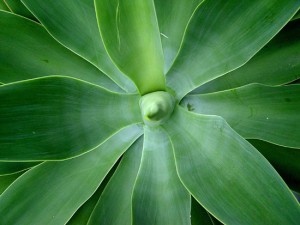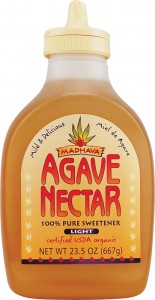
More than 150 Agave species are known and all of them are quite similar in appearance and properties. Agaves are rosette plants that live for many several years before flowering. Each rosette will flower only once, then die. Agave are spread and grown all over Mexico and Central America, there they were used by ancient Aztecs for medicinal purposes and a remedy for infectious disease, digestive disorders, jaundice, and hepatitis. Spain was introduce to Agave in the sixteenth century, and soon it quickly spread all over the Mediterranean coastline. The sizes of the Agaves vary from 6 inches to 15 feet wide between the species.
Depurative And Diuretic
Properties and Indications: All plants of the Agave genus contain steroid gylcosides, among which most outstanding is hecogenin, as well as saponins. The fleshy leaves of some agave growing in Mexico produce a sweet sap or juice known as maguey, frow which many alcoholic beverages are made. Because of their high alcoholic content, these beverages such as Tequila, Pulque and Mescal are dangerous to one’s health.

The root and leaves obtain from these subtances have diuretic and blood depurative properties and are sucessfully used for edema and retention of liquids. Today Agave is used widely as a sweetener, its syrup is poured on waffles, pancakes, in smoothies, ice creams, and a variety of juices as an alternative for sugar. Some people say, Agave nectar is not traditional, it is highly refined, and actually has more concentrated fructose than high-fructose corn syrup. It is not a “natural” sweetener. Thus far, the evidence point toward the good out weighing the bad.
Preparation and use: For internal uses, infuse 30g of the root or ground dry leaves per liter of Alkaline water. Drink three times or four cups daily sweetened with or without honey.
For external use compress the juice or sap of the leaves, and apply on affected skin wounds. Please use in moderation.
